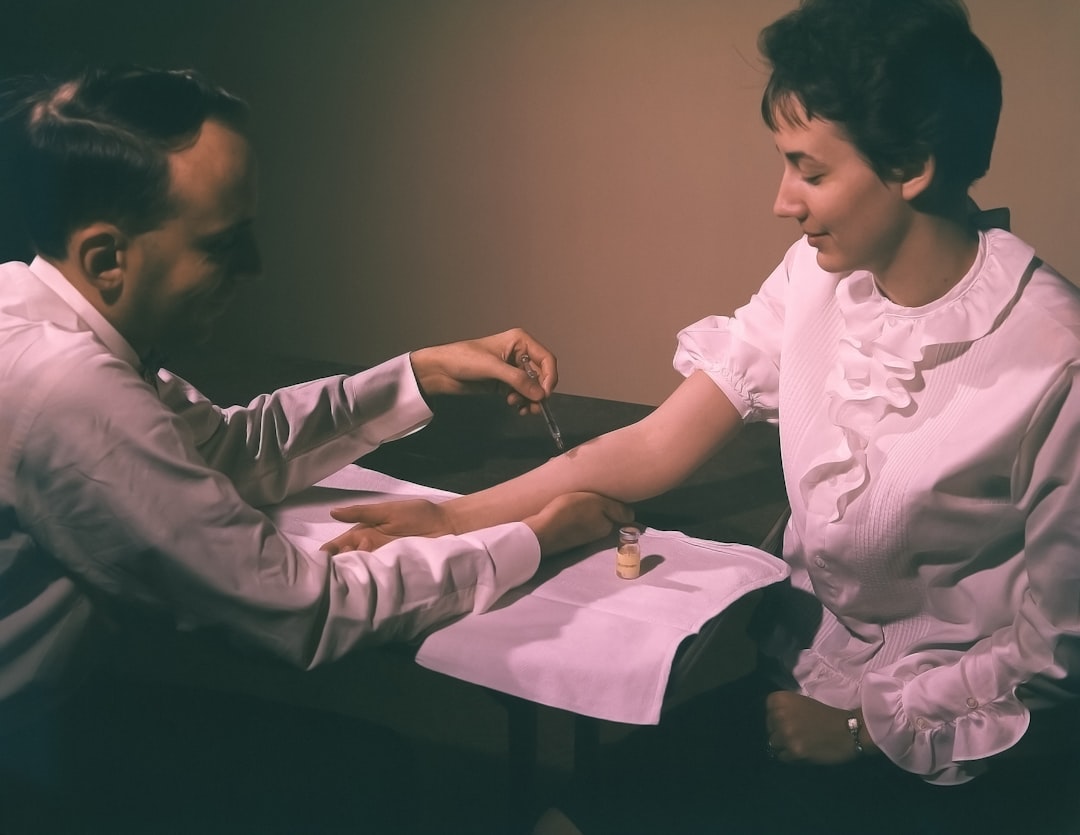What is it about?
In most digital images, each pixel represents a tiny square area of the captured scene. In quantitative measures of videofluoroscopic (video x-ray) swallow studies, pixels are foundational for measurements of nonbinary outcomes such as structural movements during the swallow. Although we usually take pixel squareness for granted, these pixels may be square or nonsquare. The x-ray recording equipment or video analysis software may not appropriately store or consider the width-to-height ratio of pixels (i.e., pixel aspect ratio). Our preliminary findings show that disregarding the pixel aspect ratio of nonsquare digital images can produce errors in pixel-based measurements. Also, we include our recommendation on how to handle your video x-ray data regarding the pixel aspect ratio.
Featured Image

Photo by Vadim Bogulov on Unsplash
Why is it important?
Pixel aspect ratio has been overlooked as a contributor of erroneous pixel-based measures. This research note highlights the effect of disregarding a nonsquare pixel aspect ratio. Solutions to consider pixel aspect ratio in future studies are proposed.
Perspectives
While this note does not reflect all challenges to taking pixel-based measures, it highlights an important underlying contributor that has not been addressed before.
Dr. Deirdre Larsen
East Carolina University
Read the Original
This page is a summary of: Pixel-Based Swallow Measurements: Correcting Nonsquare Pixels, Journal of Speech Language and Hearing Research, February 2023, American Speech-Language-Hearing Association (ASHA),
DOI: 10.1044/2022_jslhr-22-00306.
You can read the full text:
Contributors
The following have contributed to this page










